From pv magazine Global
Researchers at the University of Energy and Natural Resources (UENR) have assessed the performance of different polycrystalline solar modules coming from 11 undisclosed manufacturers and installed under the same warm and humid climatic conditions in Kumasi, Ghana.
Their work analyzed, in particular, 48 solar panels coming from 12 different PV systems. “In each PV system, the stratified random sampling technique was used to select 4 PV modules for testing,” they explained. “All the systems were off-grid connected and installed on rooftops for 5-9 years.”
The scientists decided to keep the manufacturers anonymous and marked the 12 sites with the letters from A to L and said the panel power output ranged from 100 W to 460 W. They conducted a visual inspection based on a checklist developed by the US Department of Energy’s National Renewable Energy Laboratory (NREL) and used a Seaward PV 210-meter automatic I-V Tracer to measure the performance of the panels.
They said none of the PV systems was exposed to shading and that they were all built with the same installation and maintenance practices.
Through the testing, the scientists ascertained that the minimum degradation rate of the analyzed modules was 0.79%/year, while the maximum degradation rate was found to be 1.67%/year. They also found that the modules degraded at different rates with degradation rates between 0.78-1.95%/year with mean and median degradation rates of 1.36%/year and 1.38%/year.
“Overall, PV modules from only one manufacturer degraded less than the warranty rate of 0.8%/year while the modules from the remaining manufacturers degraded more than 1.0%/year,” they stated, noting that 42 modules exceeded the 1.0%/year threshold, which they said means these panels may “fail” before 20 years in operation under outdoor conditions in Kumasi. “Out of the 48 PV modules studied, 6 PV modules representing 12.5% are likely to operate reliably for 20-25 years, with only 4 PV modules representing 8.3% expected to meet the warranty period of 25 years.”
The research group stressed that the solar panels from the manufacturer with the highest mean degradation rate do not necessarily mean that all products from this manufacturer are of lower quality. It also said the degradation rate does not correlate with the age of the modules and that maximum power degradation was mainly attributable to lower short-circuit current.
The academics presented their findings in the paper “Degradation analysis of polycrystalline silicon modules from different manufacturers under the same climatic conditions,” published in Energy Conversion and Management: X. “The results of this study were comparable to the results obtained in the degradation analysis of polycrystalline silicon modules from different manufacturers carried out in other countries,” they concluded.
This content is protected by copyright and may not be reused. If you want to cooperate with us and would like to reuse some of our content, please contact: editors@pv-magazine.com.
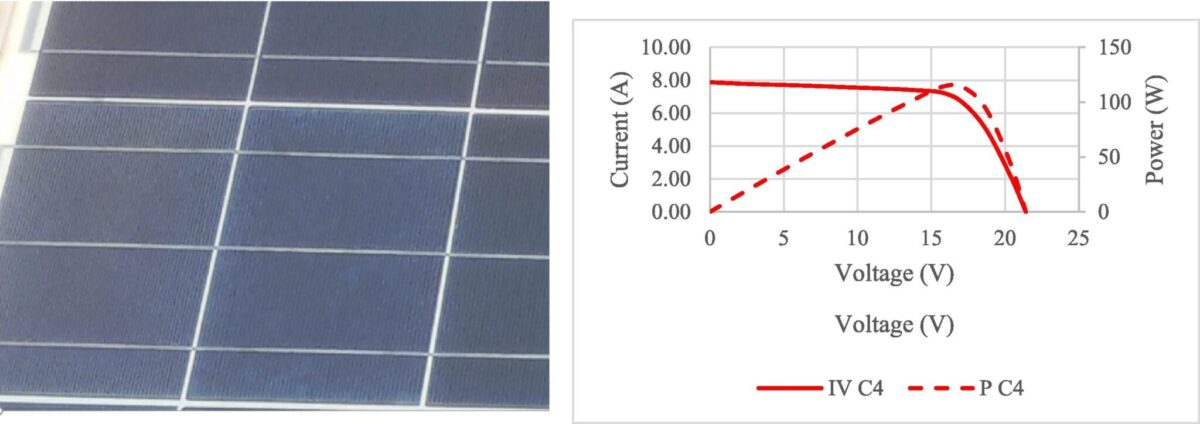
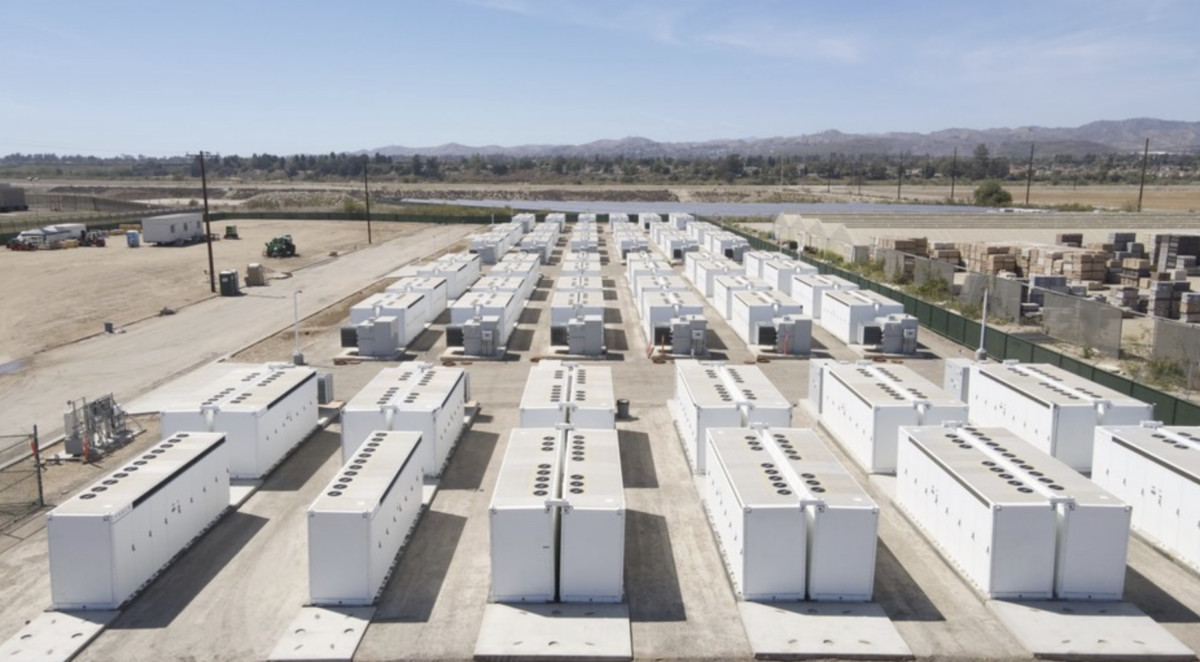


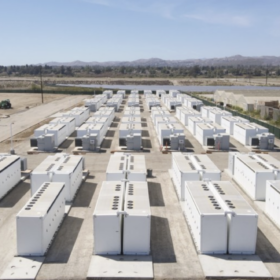
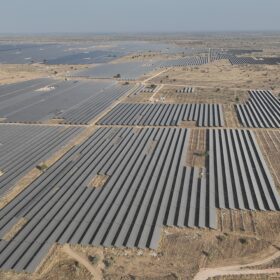

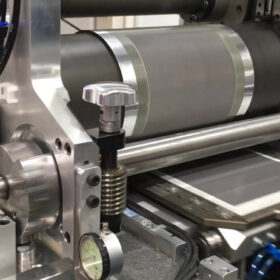
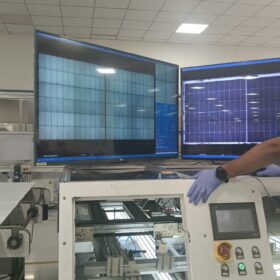
By submitting this form you agree to pv magazine using your data for the purposes of publishing your comment.
Your personal data will only be disclosed or otherwise transmitted to third parties for the purposes of spam filtering or if this is necessary for technical maintenance of the website. Any other transfer to third parties will not take place unless this is justified on the basis of applicable data protection regulations or if pv magazine is legally obliged to do so.
You may revoke this consent at any time with effect for the future, in which case your personal data will be deleted immediately. Otherwise, your data will be deleted if pv magazine has processed your request or the purpose of data storage is fulfilled.
Further information on data privacy can be found in our Data Protection Policy.